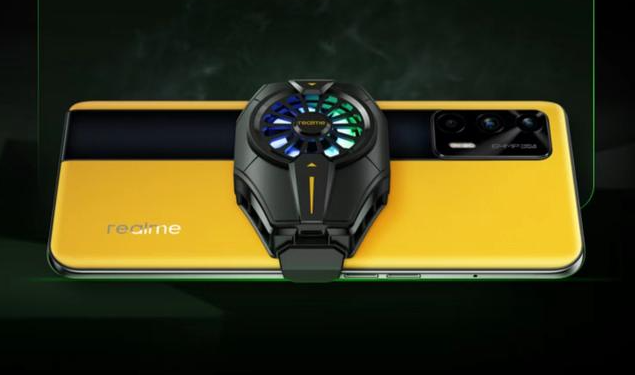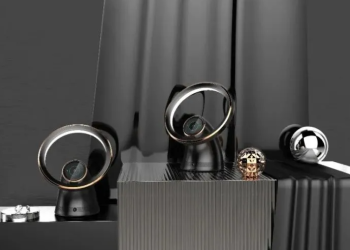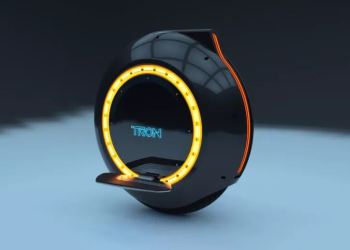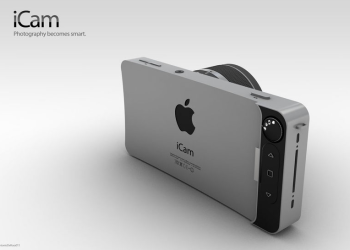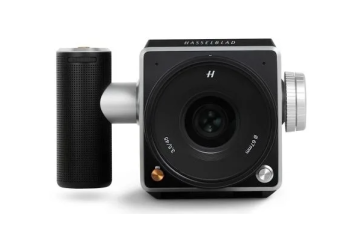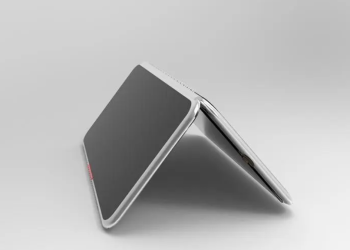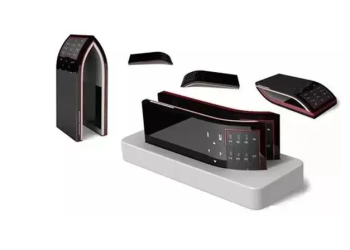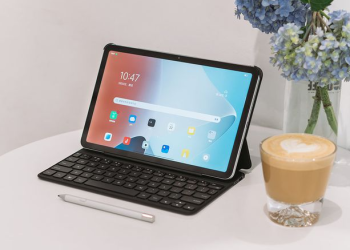Introduction
Vintage audio equipment holds a special place in the hearts of many music enthusiasts and collectors. From the warm sound of vinyl records to the timeless design of classic amplifiers, vintage audio gear offers a unique blend of nostalgia, value, and craftsmanship. In this article, we’ll explore the allure of vintage audio equipment and provide tips for collectors looking to build their collections.
The Appeal of Vintage Audio Equipment
Nostalgia and Sentimental Value: For many collectors, vintage audio equipment evokes fond memories of simpler times and cherished moments spent listening to music with loved ones. The nostalgia associated with vinyl records, analog amplifiers, and classic speakers adds emotional value to these timeless pieces of technology.
Unique Aesthetics and Design: Vintage audio equipment is renowned for its aesthetic appeal and timeless design. From the sleek lines of mid-century modern turntables to the warm glow of vacuum tube amplifiers, these pieces are not just functional devices but also works of art that add character to any space.
Superior Craftsmanship and Durability: Unlike their modern counterparts, vintage audio equipment was built to last. Manufacturers took pride in the quality of their products, using premium materials and meticulous craftsmanship to ensure durability and longevity. As a result, many vintage audio components continue to perform flawlessly decades after their initial production.
Types of Vintage Audio Equipment
Turntables and Vinyl Records: Turntables and vinyl records are iconic symbols of vintage audio culture. The ritual of selecting a record, carefully placing it on the turntable, and lowering the needle is a tactile and immersive experience that resonates with audiophiles of all ages.
Analog Amplifiers and Receivers: Analog amplifiers and receivers from the golden age of audio engineering are prized for their warm, natural sound and robust build quality. Vintage models from renowned brands like Marantz, McIntosh, and Pioneer are highly sought after by collectors and enthusiasts alike.
Classic Speakers and Cabinets: Classic speakers and cabinets come in a variety of shapes, sizes, and designs, each with its own unique sonic character. Whether it’s the warm, full-bodied sound of vintage bookshelf speakers or the thunderous bass of floor-standing cabinets, vintage speakers add depth and richness to any audio setup.
Factors Influencing Value
Brand Reputation and Rarity: The brand reputation and rarity of vintage audio equipment play a significant role in determining its value. Equipment from well-known manufacturers with a storied history of innovation and craftsmanship tends to command higher prices, especially if it’s rare or in high demand among collectors.
Condition and Maintenance History: The condition and maintenance history of vintage audio equipment greatly affect its value and performance. Well-preserved, fully functional equipment with minimal wear and tear commands a premium price, while poorly maintained or damaged equipment may require costly repairs and restoration.
Historical Significance and Cultural Impact: The historical significance and cultural impact of vintage audio equipment can also influence its value. Equipment associated with iconic musicians, recording studios, or historical events may fetch higher prices due to its historical significance and collectible appeal.
Where to Find Vintage Audio Equipment
Estate Sales and Auctions: Estate sales and auctions are prime hunting grounds for vintage audio equipment enthusiasts. These events often feature a wide selection of audio gear, from turntables and amplifiers to speakers and accessories, with the potential to find rare and unique pieces at bargain prices.
Online Marketplaces and Forums: Online marketplaces and forums offer a convenient platform for buying, selling, and trading vintage audio equipment. Websites like eBay, Audiogon, and Hi-Fi Shark connect buyers and sellers from around the world, providing access to a vast selection of vintage gear.
Specialty Audio Equipment Stores: Specialty audio equipment stores cater to audiophiles and collectors seeking high-quality vintage gear. These stores often specialize in refurbished and restored equipment, offering expert advice and personalized service to help customers find the perfect piece for their collection.
Tips for Collectors
Research and Education: Before diving into the world of vintage audio equipment collecting, take the time to research and educate yourself about different brands, models, and technologies. Familiarize yourself with common terminology, technical specifications, and market trends to make informed purchasing decisions.
Inspecting and Testing Equipment: When evaluating vintage audio equipment, always inspect it thoroughly for signs of wear, damage, or malfunction. Test the equipment whenever possible to ensure it functions as intended and produces the desired sound quality.
Building Relationships with Sellers: Building relationships with sellers and fellow collectors can be invaluable when hunting for vintage audio equipment. Attend audio swap meets, join online forums, and network with local enthusiasts to gain access to insider tips, exclusive deals, and hard-to-find pieces.
Restoration and Maintenance
DIY vs. Professional Restoration: Decide whether to undertake restoration and maintenance tasks yourself or enlist the help of professional technicians. While DIY restoration projects can be rewarding and cost-effective, complex repairs and refurbishments may require specialized skills and equipment best left to experts.
Cleaning and Care Tips: Proper cleaning and care are essential for preserving the integrity and performance of vintage audio equipment. Use gentle cleaning solutions and soft brushes to remove dust and debris from delicate components, and store equipment in a clean, dry environment away from direct sunlight and moisture.
Preserving Originality vs. Upgrading Components: When restoring vintage audio equipment, consider the balance between preserving originality and upgrading components for improved performance. While some collectors prefer to maintain the authenticity of vintage gear, others may opt to upgrade components like capacitors, resistors, and wiring to enhance sound quality and reliability.
Preserving Audio History
Importance of Preservation Efforts: Preserving audio history is essential for future generations to appreciate and enjoy the rich heritage of vintage audio equipment. By documenting and archiving vintage gear, collectors can contribute to the preservation of audio technology and culture for years to come.
Documenting and Archiving Vintage Equipment: Documenting and archiving vintage audio equipment helps track its provenance, history, and significance within the audio community. Keep detailed records of equipment specifications, maintenance history, and notable features to provide valuable context for future collectors and enthusiasts.
Participating in Audio Communities and Events: Participating in audio communities and events is a great way to connect with fellow collectors, share knowledge and experiences, and celebrate the passion for vintage audio equipment. Attend audio swap meets, vintage equipment expos, and audio enthusiast gatherings to immerse yourself in the world of vintage audio culture.
Investment Potential
Appreciation in Value Over Time: Vintage audio equipment has shown a remarkable ability to appreciate in value over time, especially rare or sought-after models from reputable brands. Collectors who invest in high-quality vintage gear may see significant returns on their investment as demand for vintage audio equipment continues to grow.
Factors Affecting Investment Returns: Several factors can influence the investment returns of vintage audio equipment, including brand reputation, rarity, condition, and market demand. While some pieces may appreciate rapidly in value, others may experience slower growth or fluctuations depending on market trends and collector preferences.
Balancing Passion with Financial Considerations: While vintage audio equipment collecting can be a rewarding hobby, it’s essential to balance passion with financial considerations. Set a budget, prioritize purchases based on personal preferences and investment potential, and approach collecting with a long-term perspective to maximize enjoyment and returns.
Conclusion
Vintage audio equipment offers a captivating blend of nostalgia, value, and craftsmanship that appeals to collectors and enthusiasts worldwide. Whether you’re drawn to the warm sound of vinyl records, the timeless design of classic amplifiers, or the thrill of the hunt for rare and unique pieces, vintage audio equipment collecting is a rewarding journey that celebrates the rich heritage of audio technology and culture.

FAQs After The Conclusion
1. How do I determine the value of vintage audio equipment? Determining the value of vintage audio equipment involves considering factors such as brand reputation, rarity, condition, and market demand. Consult price guides, online marketplaces, and expert opinions to assess the value of specific pieces.
2. Are vintage audio equipment collections a good investment? While vintage audio equipment collections can appreciate in value over time, investment returns depend on factors like brand reputation, rarity, condition, and market trends. Collectors should approach collecting with a passion for audio technology and a long-term perspective.
3. How should I store vintage audio equipment to preserve its value? Store vintage audio equipment in a clean, dry environment away from direct sunlight, moisture, and extreme temperatures. Use protective covers or cases to shield equipment from dust and debris, and avoid stacking or overcrowding components to prevent damage.
4. What are some common maintenance tasks for vintage audio equipment? Common maintenance tasks for vintage audio equipment include cleaning dust and debris from components, lubricating moving parts, checking and replacing worn belts or cartridges, and inspecting electrical connections for signs of corrosion or damage.
5. Can vintage audio equipment be upgraded or modified? Yes, vintage audio equipment can be upgraded or modified to improve performance and reliability. Upgrades may include replacing capacitors, resistors, and wiring with higher-quality components, upgrading speakers or amplifiers, or installing modern features like Bluetooth connectivity.
6. What should I look for when buying vintage speakers? When buying vintage speakers, consider factors such as brand reputation, speaker type (bookshelf, floor-standing, etc.), driver size and configuration, cabinet construction, and overall condition. Test speakers whenever possible to assess sound quality and performance.
7. How can I avoid buying counterfeit vintage audio equipment? To avoid buying counterfeit vintage audio equipment, purchase from reputable sellers, dealers, or specialty stores with a proven track record of authenticity and customer satisfaction. Research equipment specifications, serial numbers, and identifying marks to verify authenticity.
8. Are there any risks associated with vintage audio equipment collecting? While vintage audio equipment collecting can be rewarding, it’s essential to be aware of potential risks such as counterfeit or misrepresented equipment, hidden defects or damage, and unforeseen repair costs. Conduct thorough research and inspections before making purchasing decisions to mitigate risks.


